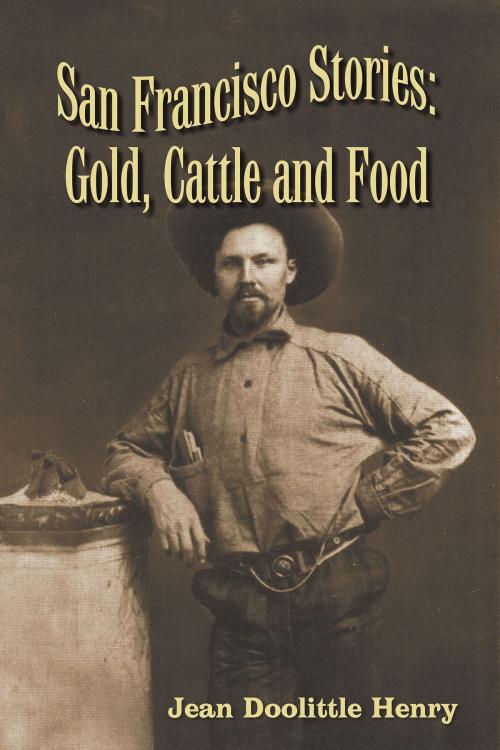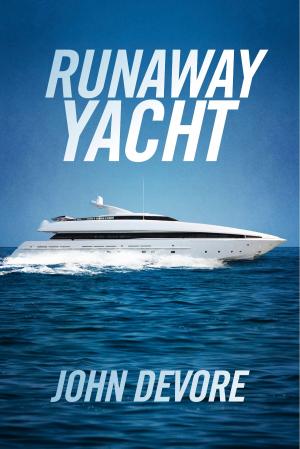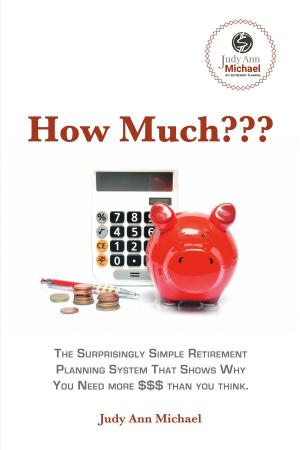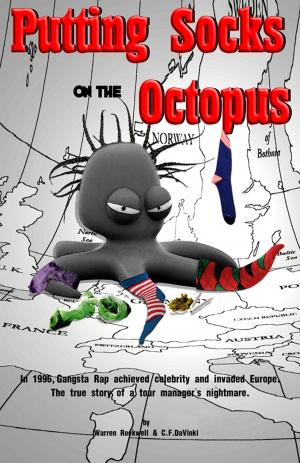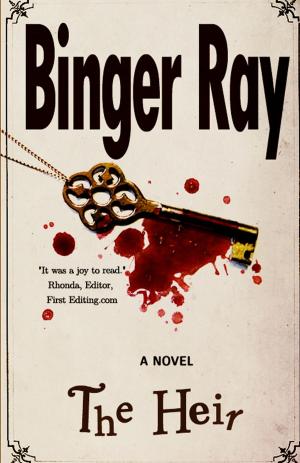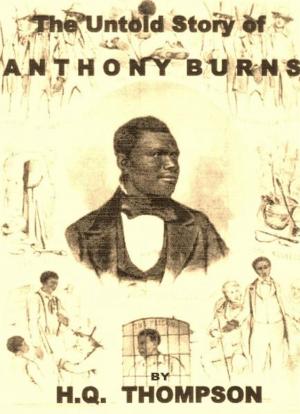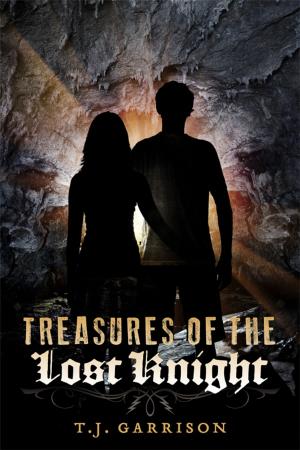| Author: | Jean Doolittle Henry | ISBN: | 9781495187797 |
| Publisher: | BookBaby | Publication: | December 21, 2015 |
| Imprint: | Language: | English |
| Author: | Jean Doolittle Henry |
| ISBN: | 9781495187797 |
| Publisher: | BookBaby |
| Publication: | December 21, 2015 |
| Imprint: | |
| Language: | English |
My family emigrated to San Francisco in 1849 and 1850. They were pioneer entrepreneurs, miners, grocers, cartographers, soldiers, cattle barons, judges, debutantes and feminists. By the 1880s they were wealthy and the city was booming. They lived well and their food reflected this, their heritage and the Edwardian times. Prince Edward VII of England set the style for food, decorations and clothing. Tastes changed. However, the food and style survived in our family into the 1950s. My grandmother on my mother’s side, Emma, and her sister, Henrietta lived in a lovely white house on Clay Street. Money from large cattle ranches and an abattoir allowed them to live and eat well. Henrietta ran the house with a couple of maids and a Chinese cook. Emma was a feminist and intellectual who had two honorary PhDs and was a trustee of many foundations in the city. For this she earned a Phoebe Hearst medal for her contributions. They had one of the “best tables” in town and entertained graciously, luncheons, teas, dinners and receptions for holidays and special events. They came from sturdy New England stock who emigrated to California in 1849 and 1850. Their home food was frugal, but good. The party food was ample and delicious. Their father, Henry Moffat, an Irishman, rode a horse across the plains from perhaps St. Joe’s and started as a butcher. Their mother, Adrianna Swett Moffat, came across the Isthmus of Nicaragua to California, a difficult trip. Their brother, William Moffat, bought and sold cattle and then ranches; he was a “cattle baron.” The H. Moffat Company was one of the largest meat suppliers in California. Relatives from Louisiana, including Judge Shattuck with several slaves, came by ship. My father’s family also came early from the east, on his paternal side from New England where they were soldiers, surveyors, and farmers; they became gold miners and entrepreneurs. On his maternal side, they arrived iavn 1850 from New Jersey on the coast, where they were scavengers and fishermen and from Salem, Massachusetts. They became grocers to miners and others in the burgeoning city of San Francisco, and in the process became even wealthier than my mother’s family. Living in San Francisco and in Belvedere, Marin County in large houses with servants, horses and style, “they lived the grand gesture,” according to my mother. Grandfather Jefferson Ely Doolittle, a placer miner in the foothills, was a man around town with Adolph Spreckels, who was best man in his marriage to Rebecca Jennings, my grandmother. Doolittle had four matched horses for his carriage and footmen. The fortune was squandered by Rebecca’s second husband, John Barker, whom she married after J. E. Doolittle died of a heart attack in his club, now the Pacific Union Club on Nob Hill. The land was saved, however, when Rebecca divorced Barker, and my father reenergized the La Grange Dredging Business, which provided us with a very good living, if not as wealthy as before. Jennings and Hooper, Wholesale Grocers, in the San Francisco Produce District survived even after relocation of the wholesale produce district to South San Francisco. My family used the land. They extracted minerals, vegetation and nutrients from the California soils, in most places changing forever the land as they found it. They were part of a generation that believed in their own manifest destiny, a capitalist destiny. They, however, loved California, thinking it the most beautiful place in the world and, in a strange dialectic, mourned the passing of that world. In the end, they tried to preserve and cultivate in us a reverence for the natural world. The food and the recipes are embedded in the narratives of this story. They reflect much of the Edwardian style and preparation of food which was quite French, as well as frugal in the New England recipes, using all the fabulous produce available from the bays, ocean, valley and foothills of California. For example, “B
My family emigrated to San Francisco in 1849 and 1850. They were pioneer entrepreneurs, miners, grocers, cartographers, soldiers, cattle barons, judges, debutantes and feminists. By the 1880s they were wealthy and the city was booming. They lived well and their food reflected this, their heritage and the Edwardian times. Prince Edward VII of England set the style for food, decorations and clothing. Tastes changed. However, the food and style survived in our family into the 1950s. My grandmother on my mother’s side, Emma, and her sister, Henrietta lived in a lovely white house on Clay Street. Money from large cattle ranches and an abattoir allowed them to live and eat well. Henrietta ran the house with a couple of maids and a Chinese cook. Emma was a feminist and intellectual who had two honorary PhDs and was a trustee of many foundations in the city. For this she earned a Phoebe Hearst medal for her contributions. They had one of the “best tables” in town and entertained graciously, luncheons, teas, dinners and receptions for holidays and special events. They came from sturdy New England stock who emigrated to California in 1849 and 1850. Their home food was frugal, but good. The party food was ample and delicious. Their father, Henry Moffat, an Irishman, rode a horse across the plains from perhaps St. Joe’s and started as a butcher. Their mother, Adrianna Swett Moffat, came across the Isthmus of Nicaragua to California, a difficult trip. Their brother, William Moffat, bought and sold cattle and then ranches; he was a “cattle baron.” The H. Moffat Company was one of the largest meat suppliers in California. Relatives from Louisiana, including Judge Shattuck with several slaves, came by ship. My father’s family also came early from the east, on his paternal side from New England where they were soldiers, surveyors, and farmers; they became gold miners and entrepreneurs. On his maternal side, they arrived iavn 1850 from New Jersey on the coast, where they were scavengers and fishermen and from Salem, Massachusetts. They became grocers to miners and others in the burgeoning city of San Francisco, and in the process became even wealthier than my mother’s family. Living in San Francisco and in Belvedere, Marin County in large houses with servants, horses and style, “they lived the grand gesture,” according to my mother. Grandfather Jefferson Ely Doolittle, a placer miner in the foothills, was a man around town with Adolph Spreckels, who was best man in his marriage to Rebecca Jennings, my grandmother. Doolittle had four matched horses for his carriage and footmen. The fortune was squandered by Rebecca’s second husband, John Barker, whom she married after J. E. Doolittle died of a heart attack in his club, now the Pacific Union Club on Nob Hill. The land was saved, however, when Rebecca divorced Barker, and my father reenergized the La Grange Dredging Business, which provided us with a very good living, if not as wealthy as before. Jennings and Hooper, Wholesale Grocers, in the San Francisco Produce District survived even after relocation of the wholesale produce district to South San Francisco. My family used the land. They extracted minerals, vegetation and nutrients from the California soils, in most places changing forever the land as they found it. They were part of a generation that believed in their own manifest destiny, a capitalist destiny. They, however, loved California, thinking it the most beautiful place in the world and, in a strange dialectic, mourned the passing of that world. In the end, they tried to preserve and cultivate in us a reverence for the natural world. The food and the recipes are embedded in the narratives of this story. They reflect much of the Edwardian style and preparation of food which was quite French, as well as frugal in the New England recipes, using all the fabulous produce available from the bays, ocean, valley and foothills of California. For example, “B
